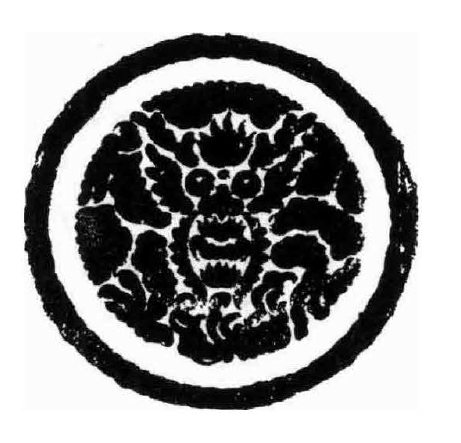This is the conclusion of my MA thesis, The Shanghai Manhua Society: A History of Early Chinese Cartoonists, 1918-1938, completed in December 2015 at the Department of Asian Studies at UBC. Since passing my defense, I’ve decided to put the whole thing up online so that my research will be available to the rest of the world. I’ve also decided to use Creative Commons Attribution-NonCommercial-NoDerivatives 4.0 International License, which means you can share it with anyone you like, as long as you don’t charge money for it. You can also download a PDF version here.
As we have seen, although the official Manhua Society ended about a year after it began in late 1926, many of the members remained close, and throughout the late 1920s and early 1930s they pooled their resources to fund several short-lived manhua periodicals for which they solicited submissions from amateur and professional artists alike, becoming not only editors, but also gatekeepers, teachers, and patrons for generation of cartoonists which followed, a somewhat ironic role given their relatively humble origins (with the exception of Wang Dunqing). Employed primarily in the advertising and fashion industries, members responded to the worsening of the conflict with Japan by becoming increasingly political and in their manhua periodicals, one can see a marked shift from boys’ humor and light political satire into outright propaganda. Their example demonstrates that the link between art, commerce and politics in the 1920s and 1930s in Shanghai was a fluid one, with few hard and fast boundaries.
English-language historians of modern Chinese visual culture such as Julia Andrews, Adam Cathcart, John Lent, Ellen Johnston Laing, Paul Pickowicz, Kuiyi Shen and others have examined the careers of various manhua artists. Many more scholars have used manhua illustrations to demonstrate the development of the public sphere in Republican China. Other scholars have looked at the political and literary groups of the time, building on the work of Michel Hockx and Kirk Denton.[1] John A. Crespi, meanwhile, has published an illustrated introduction to the important manhua periodical Modern Sketch and is in the process of completing a study of selected Chinese pictorial satire magazines from the late 1910s to the 1950s.[2] Likewise, Jonathan Hutt has written at length on the life and times of Shao Xunmei, touching upon Modern Press, and more recently, Paul Bevan has published an important monograph which places Shao Xunmei and the members of the Manhua Society and their later collaborators within the global discourse of modern art.[3] While I have relied on their work to varying degrees in the course of my research, to my knowledge, however, this is the first English language study to provide a comprehensive account of the formation and immediate legacy of the Manhua Society.
Cartoonist and scholar Bi Keguan’s 畢克官pioneering 1986 Chinese-language study The History of Chinese Manhua 中國漫畫史, co-authored with Huang Yuanlin 黃遠林 was the first to highlight the historical importance of the Manhua Society. Thirty years later, this groundbreaking work remains unsurpassed as the most exhaustive and penetrating look at the history of Chinese cartooning. Beginning with a short look at proto-cartoons from the pre-modern period, Bi and Huang document the emergence of humorous drawings 滑稽畫 in the newspapers and pictorials of the late Qing and early Republican period, looking at artists such as Shen Bochen and Ding Song. They show how these works informed the satirical cartoons 諷刺畫 of the politically tumultuous late 1910s, which Bi and Huang refer to as the Era of May 4th Movement 五四運動時期. Although this movement began as a series of student protests against territorial concessions given to Japan, it eventually came to be seen as emblematic of a much larger cultural backlash against cultural and social conservatism.
Further research is needed on why so many manhua publications were short lived. While we will probably never know for sure how exactly how many manhua periodicals were published, in Chapter 6 of this study I touch on a total of 25 magazines published after the (informal) founding of the Manhua Society in 1928 and before Shanghai fell to the Japanese in November, 1937 (see Appendices Table 0.2 for a complete list). Of these, only a handful were able to survive for 2 to 3 years, with the vast majority closing after 2 or 3 months. John A. Crespi has hypothesized that many magazines were launched with funding sufficient to cover the costs of only one or two issues, being forced to rely on the sales of these first issues to continue printing thereafter. At the same time, for every successful magazine there were any number of titles which failed to find an audience large enough to justify production costs.[4]
